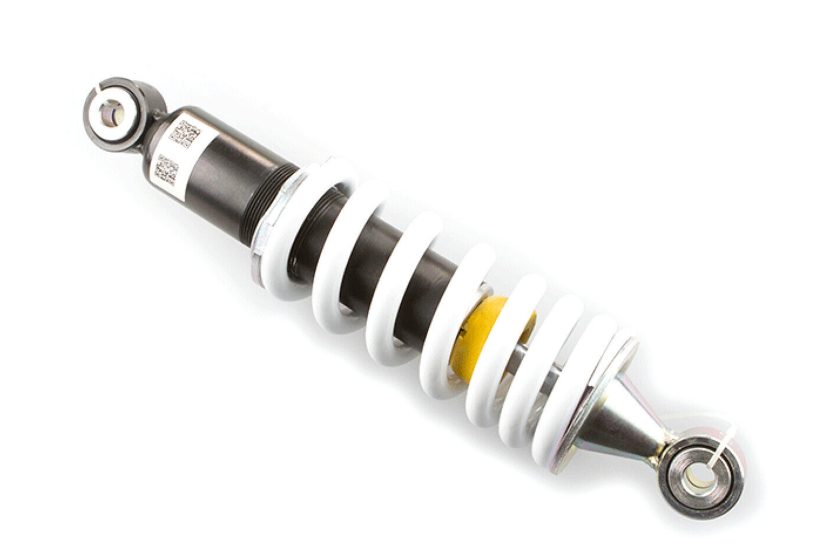Dampers are unseen and usually not considered, but they are still one of the keys to the on and off-road capability of your car. They are so critical to vehicle performance that racing teams throughout the world spend seemingly countless hours and endless amounts of money fine-tuning them.
What Are Dampers?
Let’s first explain exactly what a damper is. It is a long metallic cylinder that’s sealed at both ends, with a piston that protrudes at one end and is a key component of a vehicle’s suspension system, with one connected to each of the wheels.
In most instances, hydraulic fluid fills the cylinder. Several different types of dampers are available, including adjustable ones, but they essentially all do the same job.
What Do Dampers Do?
Before explaining exactly what dampers do, it is first important to discuss exactly what they don’t do. Dampers do not support the weight of a vehicle. Instead, it is the springs, which are yet another important component of the suspension that do.
Dampers are essentially responsible for controlling the spring’s bouncing movement by providing resistance, to make sure that tyres are always in contact with the road.
Think of it like this: if you bounce a ball and catch it, you’re controlling the bounce. If you fail to catch it, the ball will keep bouncing with each bounce being progressively smaller until the ball eventually comes to a rest.
A vehicle that doesn’t have dampers would behave in exactly the same way. Once it hit a bump, it would continuously keep bouncing up and down until finally settling in its normal state. The damper, just like you catching a bouncing ball, controls the bounce.
Koni sport adjustable shocks essentially do two things. Besides controlling the movement of the suspension and springs, they keep the tyres in contact with the ground at all times and if a tyre loses contact with the ground, your ability to steer, drive, and the brake is compromised.
If you leave the springs to bounce uncontrollably, the vehicle will simply wallow and the ride quality will lead to the occupants of the vehicle feeling sick after some time.
How Do Dampers Work?
Valve passages and hydraulic fluid are contained inside the sealed cylinder of the damper. The piston moves inside the cylinder as the suspension travels up and down. As this occurs, the fluid’s flow is slowed by the valve passages that in turn control the speed of the piston’s motion and thus the suspension’s movement. Dampers adjust to road conditions automatically and the faster suspension moves the additional resistance provided by the dampers.
Why Are Dampers So Important?
Dampers play an important role in the handling and riding of your car. Dampers help manage a vehicle’s cornering, braking, traction, stability, stopping distance, handling, and overall safety in addition to ensuring a comfortable ride.
Still, dampers are often one of the most overlooked maintenance items on a car. Unlike a blown headlight globe or a flat tyre, the performance of dampers gradually deteriorates over a long period of time, and often unknowingly, drivers adjust their driving style to compensate.
How Can You Tell If Dampers Need Replacing?
The dampers are constantly working when your car is moving, so they will eventually wear out. However, there are warning signs to tell you that your dampers need replacing.
Swerving or nose-diving when you brake hard indicates that the worn dampers are no longer capable of controlling the car’s weight transfer and the damper’s piston is compressing too rapidly.
Your car should fall and rise back to its original position after hitting a bump and then settle after one, or two rebounds at most.
